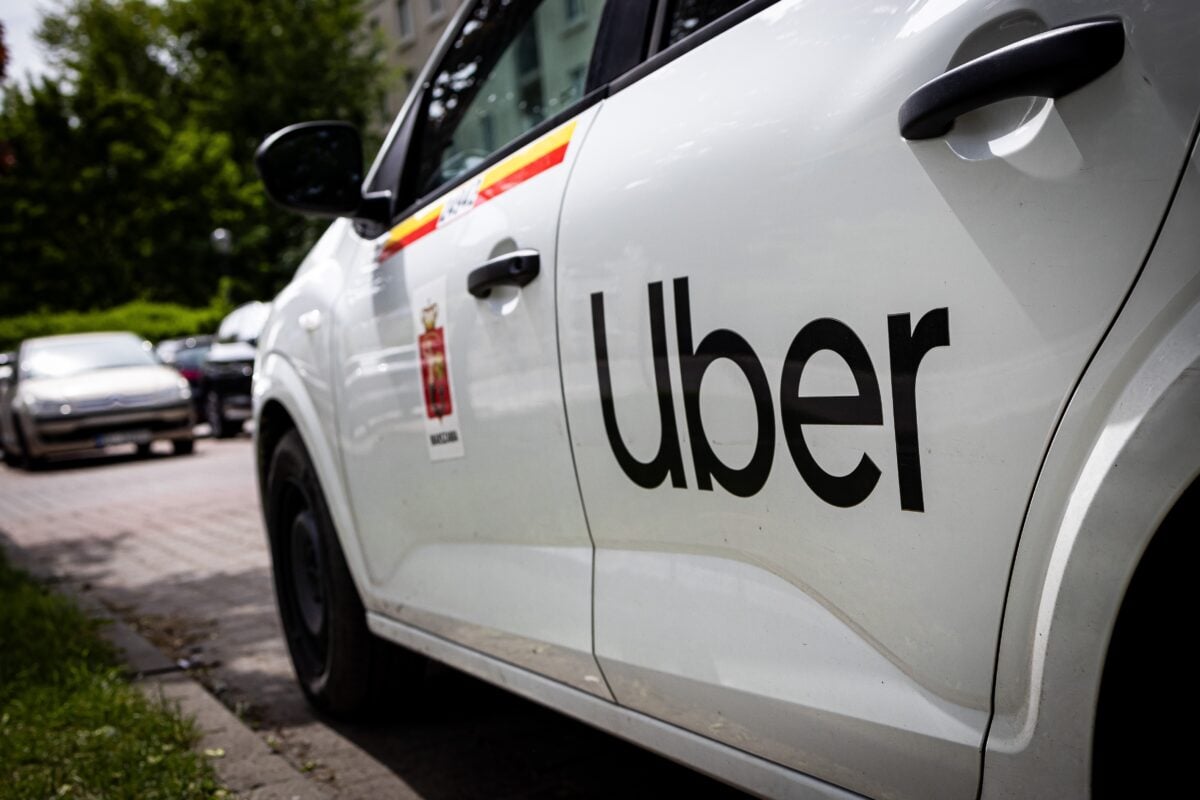TLDRs;
- Uber stock jumped 3.7% to $94.36 after unveiling a fresh U.S. investment-grade bond issuance.
- The offering includes a 10-year tranche, with pricing set 1.1% above Treasuries, managed by top Wall Street banks.
- Strong bond market conditions and mobility sector growth support Uber’s positioning as a blue-chip corporate borrower.
- Recent record earnings and a $20 billion buyback add to investor optimism about Uber’s financial discipline and future growth.
Uber Technologies (UBER) saw its stock climb 3.7% to $94.36 on Monday, after announcing a fresh investment-grade bond offering that reinforced investor confidence in its financial strength.
The ride-hailing giant plans to issue debt in up to two parts, including a 10-year tranche, with initial pricing discussions set at about 1.1 percentage points above comparable U.S. Treasuries.
This marks Uber’s second investment-grade bond sale in two years, following a $4 billion raise in 2024, and highlights its growing position as a blue-chip corporate borrower. The new proceeds will be directed toward general corporate purposes, offering the company additional flexibility in managing growth and shareholder returns.
Strong demand amid favorable bond market
Uber’s latest move comes at a time when corporate borrowers are rushing to lock in financing. Investment-grade bond issuance reached $426 billion in Q2 2025, representing a 5% year-over-year increase.
On Monday alone, Uber was one of a dozen companies tapping the market, taking advantage of historically tight risk premiums and low yields.
Major banks including Barclays, Goldman Sachs, and JPMorgan Chase are managing the sale. Credit rating agencies are expected to assign ratings of Baa1 (Moody’s), BBB (S&P), and BBB+ (Fitch), placing Uber firmly in investment-grade territory. This makes the offering attractive to institutional investors, particularly those with mandates for high-quality debt securities.
Broader sector growth fuels optimism
Beyond favorable market conditions, Uber’s rally also reflects long-term investor optimism in the mobility and transportation technology sector.
The global ride-hailing market, valued at $74.9 billion in 2025, is projected to grow to $287.6 billion by 2034, expanding at a 16.1% compound annual growth rate.
Funding momentum in the mobility sector surged to $54 billion in 2024, its highest level since 2021, underscoring investor appetite for companies positioned at the intersection of transportation and technology. Uber, already benefiting from scale, brand dominance, and diversified offerings through ride-hailing and delivery, remains a leading candidate for long-term institutional backing.
Buyback momentum adds to investor confidence
The bond issuance comes on the heels of Uber’s $20 billion stock buyback plan announced in August 2025, following a record second-quarter performance. The company reported $46.8 billion in gross bookings during Q2, with delivery growth offsetting modest rideshare softness.
Adjusted EBITDA hit a record $2.1 billion, ahead of Wall Street expectations, while Q3 guidance projects further strength with $2.2 to $2.3 billion in earnings.
That announcement had already boosted shares nearly 5% in premarket trading last month, signaling Uber’s growing maturity as it balances profitability, shareholder returns, and strategic debt issuance. The dual combination of robust earnings and disciplined capital management is positioning Uber as a more resilient and reliable player in the public markets.






